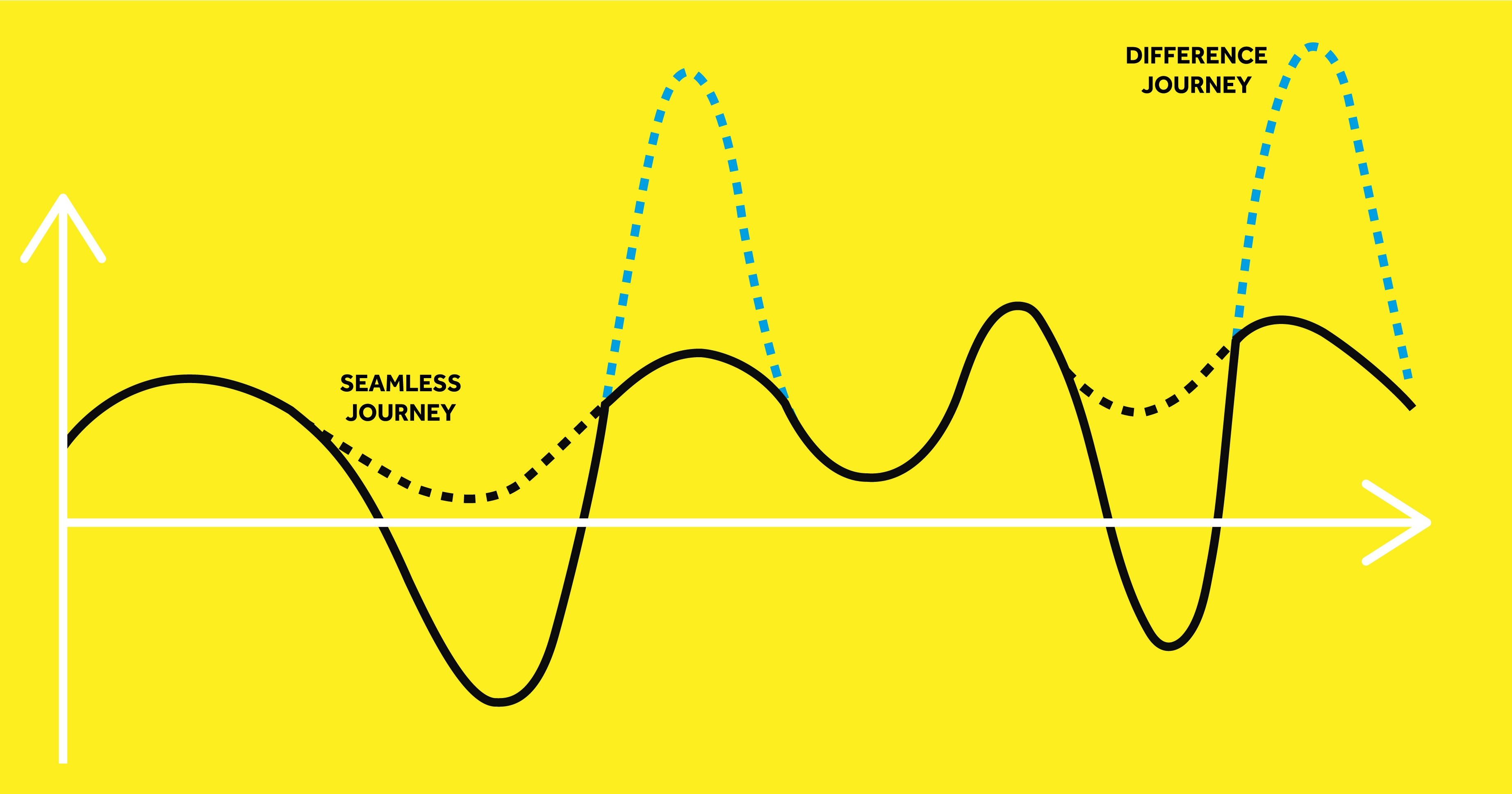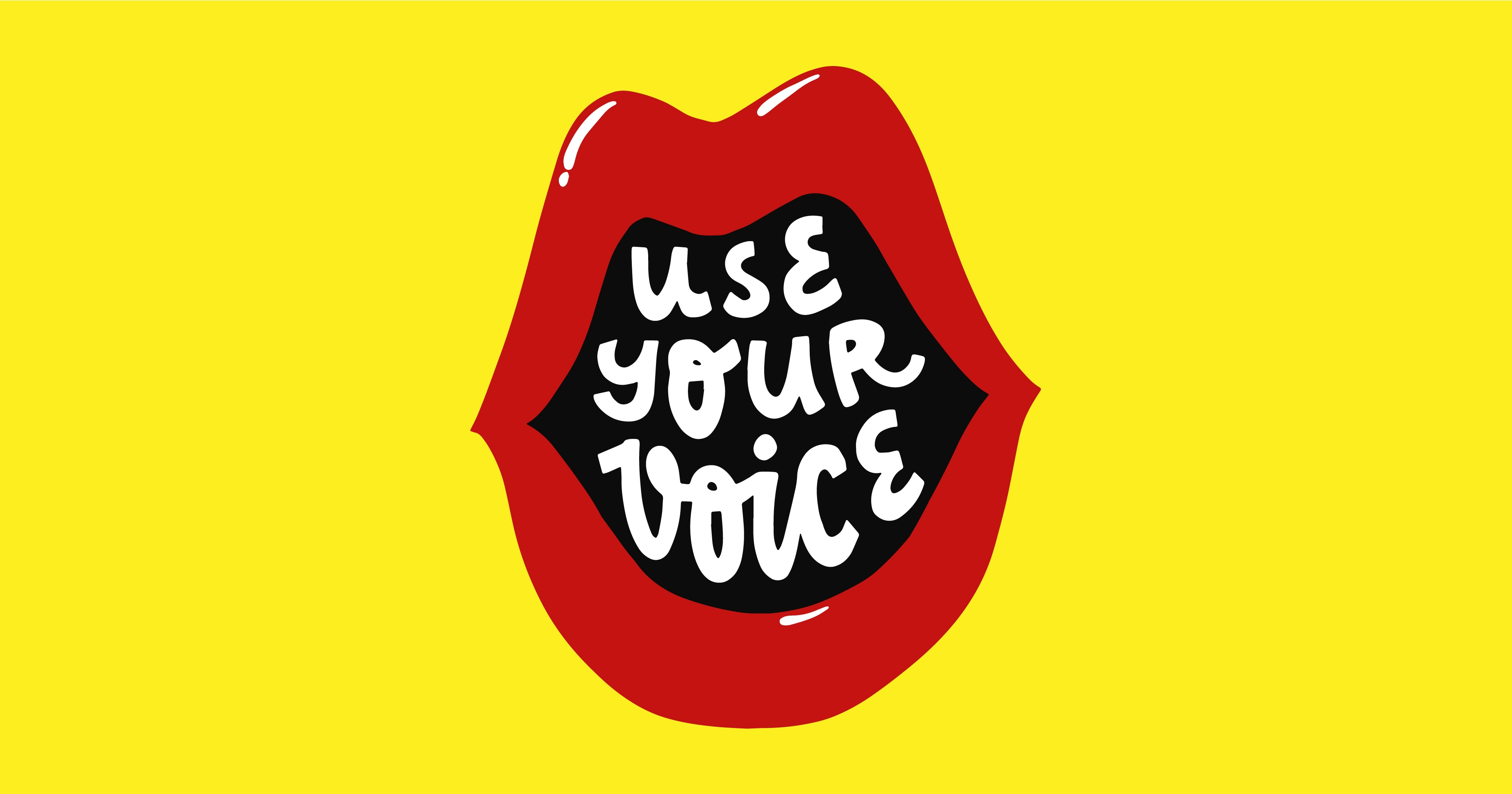
Are B2B Brands taking cues from B2C Brand Personalities
From awesome in-store experiences to mind-blowing adverts, business-to-consumer (B2C) brands seem to have all the marketing fun. Now, rather than staring enviously at these super-cool campaigns, business-to-business (B2B) marketers are getting in on the action themselves.
One of the main drivers for this is a shift in purchasing behaviours. With Millennials and Gen-Z becoming workforce decision-makers, B2B brands are having to meet their preferences and needs. For example, both Millennial and Gen Z buyers prefer to purchase from brands that have an active online community.
To understand how to connect effectively with these target audiences, B2B marketers are looking to B2C brands. By adopting aspects of B2C personalities, B2B brands are becoming more engaging, relatable and authentic. This article will take an in-depth look at this trend and its impacts.
Why are B2B brands becoming more B2C?
The nature of B2C brands means they’ve always put customers at the centre of their marketing. In contrast, B2B marketing has traditionally focused on establishing an authoritative and professional image while communicating the features of their products or services.
Though this approach might meet the rational needs and attract the attention of their target audience, it doesn’t inspire or excite prospects. Though Professor Gerald Zaltman found that 95% of purchasing decisions (even business-related ones) were driven by emotion nearly ten years ago, B2B brands have been slow to respond to this research.
Yet the entrance of younger generations into the world of work has prompted them to change. With Millennials aged between 25 and 40 as of 2021, research has shown that this group is influencing business purchases, even if they’re not the main decision-makers. This is the case in industries such as financial services, manufacturing, professional services and technology.
With this generational change comes a shift in purchase drivers. Compared to older demographics, Millennials and Gen Z customers place more importance on buying from ethical brands that share their values.
One survey found that 60% of this group considered how a business treated its employees as much as the products or services it offered when deciding whether to purchase from them.
This means B2B brands are having to shift their approach. To become more appealing to younger buyers and influencers, they have to develop a more ‘human’ brand that can inspire an emotional connection. Just as B2C brand personalities have done over the last decade.
How is B2B becoming more B2C?
There are various ways B2B brands are taking the lead from B2C marketers to attract and engage decision-makers from younger demographics. This includes taking steps to establish a brand that has more depth than just the products or services it offers.
There are several B2C techniques that B2B brands are now using to do this, including:
- Promoting the wider ethics and values of the business
- Generating a strong online and social media presence
- Using a tone of voice that is human, authentic and honest
- Building content that makes brand research easier e.g. customer reviews
- Creating a straightforward and convenient customer experience
Adopting this approach has helped B2B brands, including the ones outlined below, make their marketing more emotive and engaging.
Promoting benefits over features
Squareup is a payment processing solutions provider. Offering both physical and virtual products, Squareup’s branding emphasises the benefits of these for customers over the technical specifications or features. For example, rather than talking directly about their ‘free online store’, their messaging headlines with ‘start reaching more customers online’.



By communicating in a clear, natural language, Squareup shows that it understands individual decision-makers at the retailers and restaurants. It also puts these benefits across in a genuine and authentic way.
To support this, their imagery shows products in use in realistic environments. Rather than using studio photos of their terminals or online tools, these images show how the solutions fit into retail and restaurant spaces like those of target prospects.
As a result, the branding clearly communicates how Squareup solutions can help businesses deliver better for their own customers.
By communicating in a clear, natural language, Squareup shows that it understands individual decision-makers at the retailers and restaurants. It also puts these benefits across in a genuine and authentic way.
To support this, their imagery shows products in use in realistic environments. Rather than using studio photos of their terminals or online tools, these images show how the solutions fit into retail and restaurant spaces like those of target prospects.
As a result, the branding clearly communicates how Squareup solutions can help businesses deliver better for their own customers.
Creating a convenient buying experience
WeWork provides flexible office spaces. This adaptability is reflected in their customer-centric branding and buying experience. Starting with interior photos that wouldn’t be out of place in a lifestyle magazine, their website also offers an easy-to-use search tool and clear information about the different membership options.



Based on their location, customers can easily find a space and contract option to suit their needs. This makes finding the ideal office space straightforward. Supporting this with imagery that shows these workspaces being used by real members, WeWork establishes itself as a brand that genuinely cares about meeting its customers’ needs.
Blog and social media content also showcase their industry expertise and provide helpful advice to the business community they’re targeting. More than offering an office space, WeWork’s mission is to create an environment that supports professionals to develop and grow. These wider values come across in the brand’s content.
Showcasing current customers
Gusto is a payroll and human resources software that supports a variety of businesses and entrepreneurs with its user-friendly platform. This is made clear in the way the brand showcases its current customers.



Alongside using clear, human language to explain the benefits their platform can bring, the brand imagery shows real customers. Testimonials and customer survey results are prioritised next to awards from trusted industry influencers including NerdWallet and Software Reviews. This helps to build the image of Gusto as a trustworthy brand.
Their blog and online resource centre establishes brand expertise in topics relevant to their target customers, provides practical advice for businesses and features personal stories and insights from entrepreneurs and business owners. By taking a B2C-like content marketing approach, the brand shows its alignment with customer values and solves their problems.
How are B2C brands adapting to B2B?
Changes in branding approaches aren’t all one-directional. Some B2C brands have taken their customer-focused approach and shifted their offering towards B2B. Examining these brand transitions demonstrates how consumer-first tactics can be adapted to a business-first context. One example of how this can be done effectively is TikTok for Business.



A social media platform built around user-generated content, customers drive TikTok’s growth and direction. The brand’s strength comes from its ability to fulfil user needs. Whether that’s serving them with more content they like or improving their online experience.
This includes making their platform easier to use and more profitable for companies, by creating TikTok for Business. This has tools which make the advertising and content promotion process straightforward and more effective. It also offers clear explanations, inspiration and information personalised to each business size and sector in a creative, visually appealing format.
By having a thorough understanding of what marketers need and delivering it in a user-friendly way, TikTok is facilitating a better experience of the platform. This fulfils its brand value of ‘bringing joy’ to both businesses and end-users.
Who is your brand talking to?
For B2B brands, meeting the needs and preferences of Millennial and Gen Z workers is key to ensuring they remain competitive. Shifting towards a B2C-like approach isn’t an easy transition. However, it helps brands that do to future-proof their appeal and make more effective connections with their target customers.
Similarly, whether you’re targeting younger business decision-makers or another demographic, keeping your customers in mind is essential when developing your brand strategy. By understanding what they need and how you can meet it in a genuine, authentic way, you can build a brand that will remain profitable.
As branding experts, we can help keep your customers in focus and build a marketing strategy that attracts and engages them. To find out how we can help you benefit from a B2C-like approach, give us a call on 01926 754038 or drop an email at hello@designmc.org and we’ll get in touch to arrange an informal chat.
LET’S TALK
Looking to realign, refresh or redevelop your brand or business marketing strategy? Send us an email at hello@designmc.org or, give us a call direct on 01926 754038 for an informal chat.

